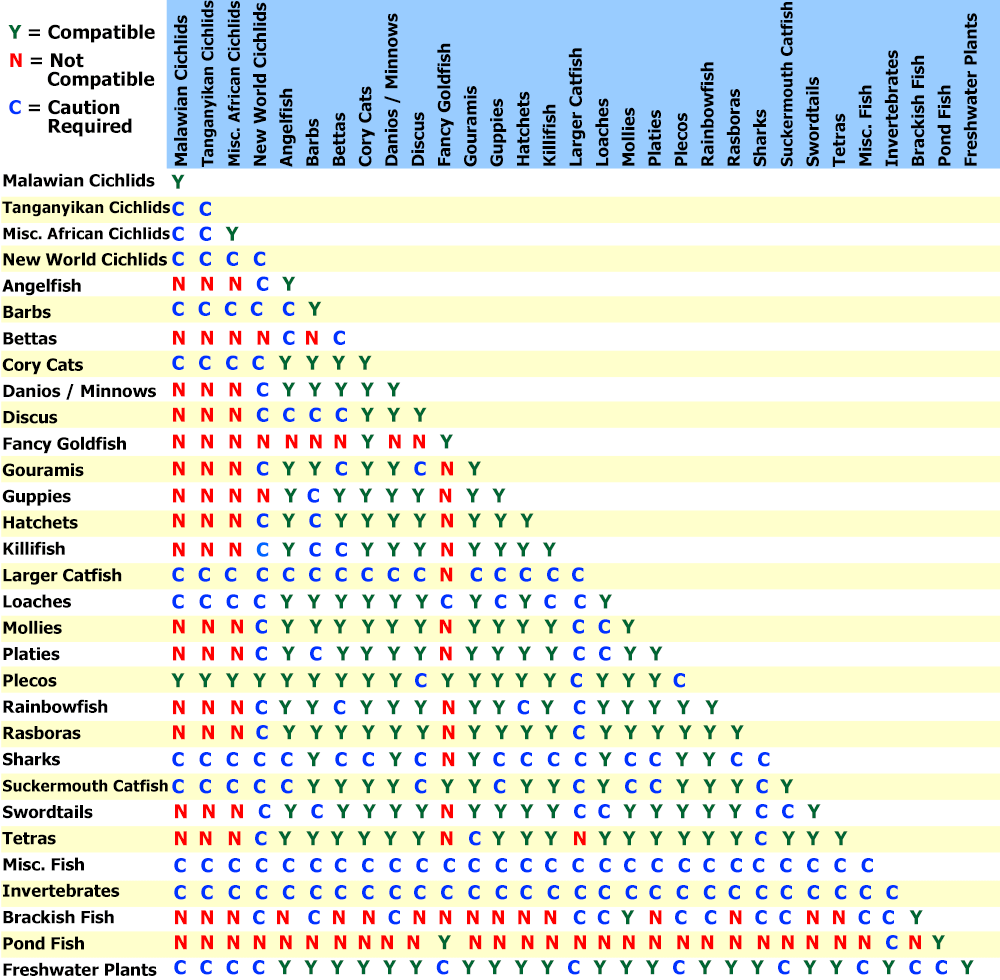Description
Ellioti Cichlid – Vibrant Colors with a Peaceful Personality
The Ellioti Cichlid (Thorichthys maculipinnis), also known as the Spotted Firemouth or Ellioti Firemouth, is a beautifully patterned Central American cichlid known for its vivid colors, gentle temperament, and eye-catching display behavior. With a shimmering body covered in gold, blue, and red hues, and distinctive black spots on the flanks and fins, the Ellioti brings both energy and elegance to any aquarium.
Unlike more aggressive cichlid species, Ellioti Cichlids are relatively peaceful and do well in semi-aggressive or carefully chosen community tanks. They enjoy digging in the substrate, claiming territories, and displaying their colorful fins—especially during breeding season.
Key Features:
-
Coloration: Iridescent gold and blue body with red highlights and signature black spots
-
Temperament: Semi-aggressive—generally peaceful with adequate space and compatible tank mates
-
Size: Grows up to 5–6 inches
-
Tank Requirements: Minimum 40–50 gallons with sandy substrate, rocks, and hiding spots
-
Diet: Omnivorous—accepts pellets, flakes, and live/frozen foods
-
Compatibility: Best with other semi-aggressive cichlids or similar-sized fish
The Ellioti Cichlid is a perfect choice for aquarists looking to add vibrant color and dynamic behavior to their tank—without the extreme aggression of larger cichlid species.
Click & Collect
Livestock will only be bagged once you arrive, or if you contact us in advance to request it ready beforehand.
Local Delivery
Order anything from our in-store range and have it delivered right to you.
-
Minimum spend: £50
-
Delivery up to 10 miles: £10
-
Delivery up to 25 miles: £20
Distances are measured “as the crow flies”, not by road.
Once your order is placed, we’ll be in touch to arrange a suitable delivery date and time.
Please note, delivery may take a little longer as we often group orders together to build an efficient delivery run.
Important: If you’re ordering a large aquarium, please ensure someone is available to help unload the van on arrival.
Dry Goods Delivery
-
DX Express: 1 working day, same-day dispatch before noon 0-75kg
-
Express Pallet: 1–3 working days 75-500kg
If you'd like to add more items to an existing order that hasn't yet been dispatched, please place a Click & Collect order and leave a note asking us to combine the orders.
Please note: We currently only dispatch parcels Wednesday to Friday.
Pre-Order
Want the full details? Check out our Terms & Conditions.
Livestock Delivery
Thursday Delivery – £24
-
Dispatched Wednesday afternoon
-
Delivered Thursday before 1pm
-
Order by Wednesday 12 noon
-
Minimum spend: £50
Friday Delivery – £24
-
Dispatched Thursday afternoon
-
Delivered Friday before 1pm
-
Order by Thursday 12 noon
-
Minimum spend: £50
Saturday Delivery – £29
-
Dispatched Friday afternoon
-
Delivered Saturday before 1pm
-
Order by Friday 12 noon
-
Minimum spend: £50
📦 Want to Add to an Existing Order?
No problem! Just place a Click & Collect order and leave a note asking us to link it with your original one (as long as it hasn’t been dispatched yet).
🛒 Dry Goods Now Included!
You can now include dry goods in your livestock delivery – perfect for topping up supplies in one go.
❄️ Please note: We can’t send frozen food with livestock – please order frozen items separately.
⚠️ Delivery Exclusions
Unfortunately, we’re unable to deliver livestock to the following postcodes:
Scotland & Isles:
AB30–AB56, DD8–DD10, DG3–DG9, DG12–DG14, FK17–FK21, KA18–KA19, KA26–KA30, PA20–PA38, PA80, PH3–PH40
Cornwall Isles: TR21–TR25
All of the following postcodes are excluded:
BT, HS, IM, IV, JE, KW
Plus Channel Islands and Shetland Islands
Payment & Security
Your payment information is processed securely. We do not store credit card details nor have access to your credit card information.


